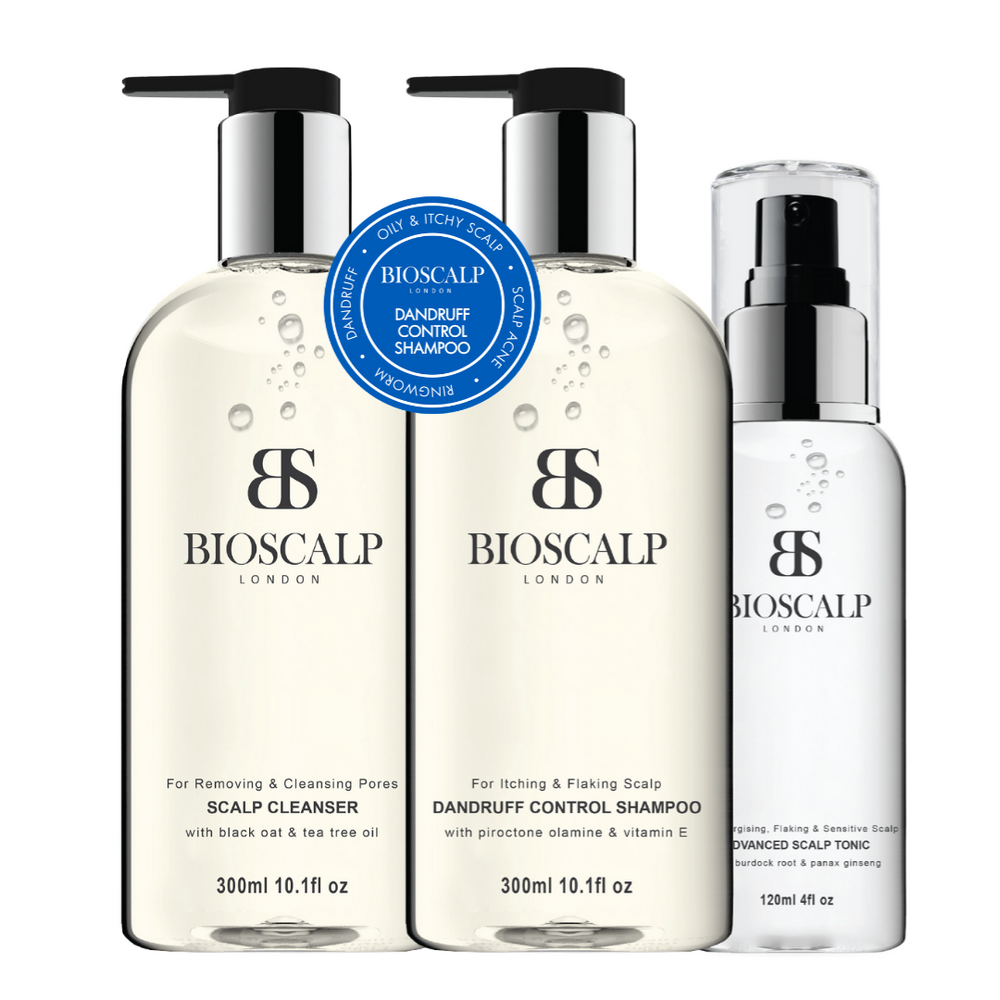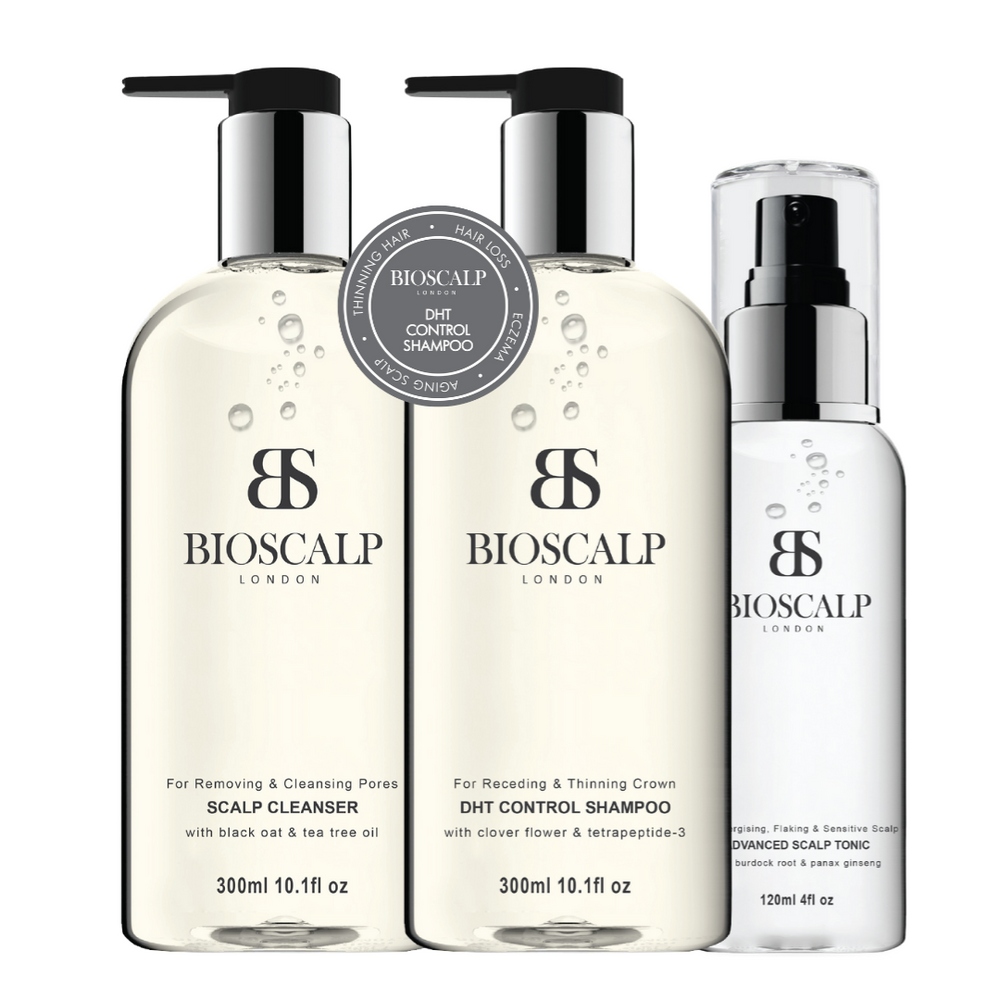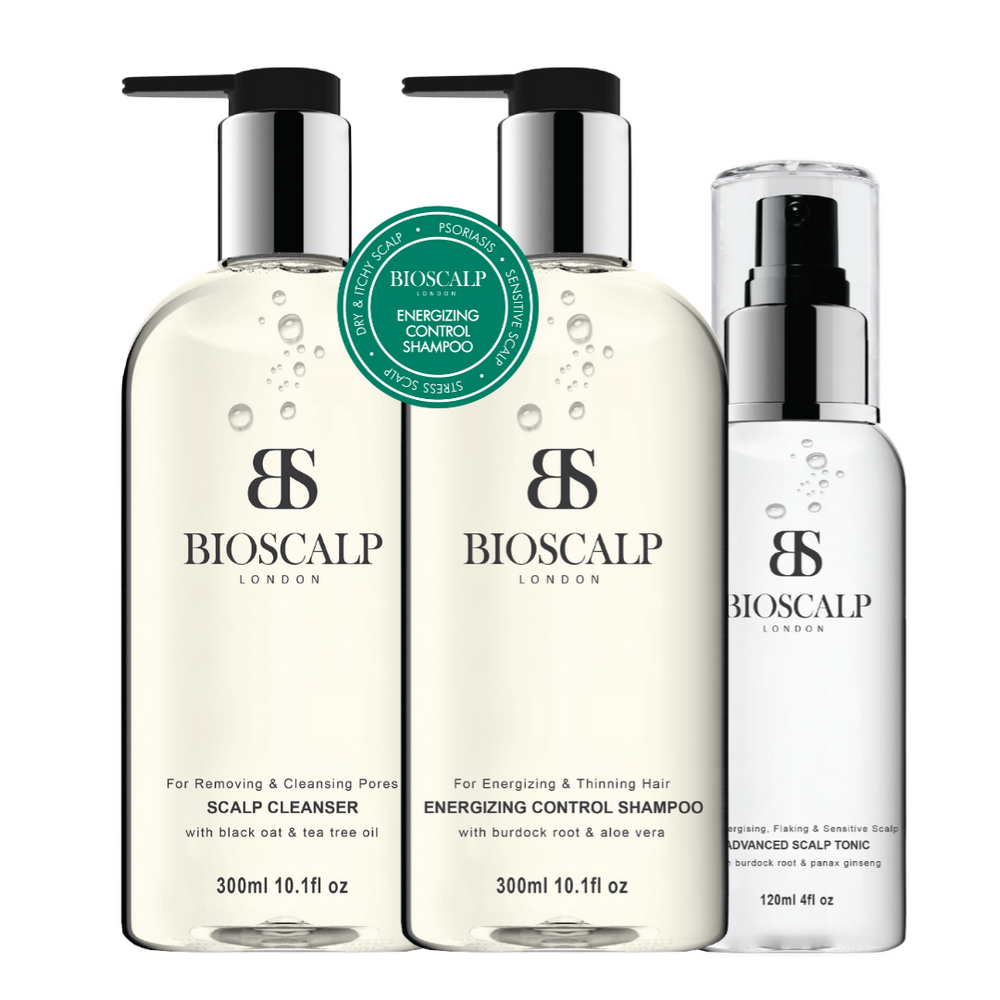Battling a flaky, itchy, and irritated scalp can be a frustrating and embarrassing experience. While many people assume these symptoms are simply common dandruff, the real culprit is often a common yeast-like fungus called Malassezia. If you've tried traditional dandruff shampoos with little success, it's time to understand the root cause and find a targeted solution.
Here's your comprehensive guide to understanding and effectively treating Malassezia, so you can achieve the healthy, balanced scalp you deserve.

What Exactly is Malassezia? (And Why Does It Cause Problems?)
Malassezia is a natural part of your scalp’s microbiome—the community of microorganisms that live on your skin. In a healthy state, this fungus coexists harmlessly with your hair and scalp. Think of it like a garden: a healthy, balanced ecosystem is good.
The problem arises when this delicate balance is disrupted, causing the Malassezia to overgrow. Several factors can trigger this overgrowth, including:
- Excess Sebum: Malassezia feeds on the natural oils (sebum) produced by your scalp. An overproduction of oil creates a perfect environment for the fungus to thrive.
- Hormonal Changes: Fluctuations in hormones can increase oil production.
- Stress Diet: Stress and certain dietary factors can also impact your scalp's oil balance.
- Humidity: Hot, humid environments encourage the growth of Malassezia.
When the fungus overgrows, it produces oleic acid, a byproduct that irritates and inflames the scalp. This irritation is what leads to the tell-tale symptoms of seborrheic dermatitis: itching, redness, and those persistent, oily flakes.
Malassezia vs. Common Dandruff: Knowing the Difference
Many people confuse Malassezia-related conditions with common dandruff, but there are key differences that point to the correct treatment.
| Common Dandruff | Malassezia (Seborrheic Dermatitis) |
|---|---|
| Cause: Often caused by dryness or simple scalp irritation. | Cause: An overgrowth of the Malassezia fungus. |
| Flakes: Typically small, white, and dry. | Flakes: Often larger, yellowish, and oily. |
| Symptoms: Mild itching and flaking, but usually no significant redness. | Symptoms: Persistent and intense itching, significant redness, and inflammation. |
| Treatment: Often responds well to basic hydrating or mild anti-dandruff shampoos. | Treatment: Requires a targeted shampoo with specific antifungal ingredients. |
The key takeaway is that if your flaking and itching are stubborn and accompanied by redness and inflammation, you likely have a Malassezia issue that requires a specific antifungal approach, not just a standard dandruff shampoo.
The Most Effective Treatments for Malassezia on the Scalp
The first and most effective step in treating Malassezia is using a targeted antifungal shampoo. These products are formulated with active ingredients that specifically inhibit the growth of the fungus and soothe the associated inflammation.
Look for key ingredients such as:
- Piroctone Olamine: A powerful antifungal agent that is highly effective against Malassezia.
- Climbazole: Another potent antifungal that works to restore the scalp’s microbial balance.
- Ketoconazole: A well-known antifungal medication often found in medicated shampoos.
- Zinc Pyrithione: An antibacterial and antifungal agent that helps control flaking and itching.
Scalp Solution's Anti-Dandruff Shampoo
For Australians seeking a powerful, effective solution, our Anti-Dandruff Shampoo is specifically formulated to combat Malassezia overgrowth. It features a concentrated dose of Piroctone Olamine and other key ingredients to actively reduce flaking and itching while restoring your scalp's natural balance. It’s a professional-grade solution designed to deliver real, lasting results without being harsh on your hair.

How to Use Your Antifungal Shampoo Correctly
Consistency is key. Follow these steps for the best results:
- Lather and Massage: Wet your hair and apply the shampoo, massaging it thoroughly into your scalp for a few minutes.
- Let it Sit: Allow the shampoo to sit on your scalp for 3-5 minutes before rinsing. This gives the active ingredients time to work their magic.
- Frequency: For initial treatment, use the shampoo every other day. Once symptoms subside, you can reduce the frequency to a maintenance routine of once or twice a week.
What to Do if You Also Have Hair Loss or Thinning
The inflammation caused by a persistent Malassezia overgrowth can sometimes contribute to hair shedding and a poor environment for hair growth. If you are experiencing both scalp irritation and hair thinning, it's important to address both issues.
While our Anti-Dandruff Shampoo treats the underlying fungal issue, our Hair Loss Shampoo and Hair Thinning Shampoo are specifically formulated with ingredients that promote a healthy scalp environment for stronger, thicker hair. We suggest using your anti-dandruff shampoo for treatment and then transitioning to a hair-growth-focused shampoo for maintenance once your scalp is healthy and balanced.

Taking the First Step Towards a Healthier Scalp
You don't have to live with the frustration of a flaky, itchy scalp. By understanding the root cause and choosing a targeted, effective treatment, a healthy, comfortable scalp is well within your reach.
Ready to find a solution that works? Explore our range of specialised scalp solutions to begin your journey to a happier, healthier scalp today.








